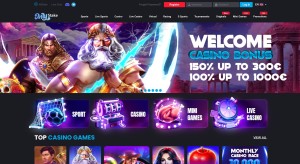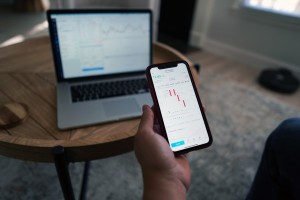In the 1980s Hindustan Unilever Ltd (HUL), a subsidiary of the global consumer good brand Unilever, had a significant problem at hand. Its laundry detergent brand had lost about 80% of the market to a new entrant, Nirma. And that is because the latter had enticed the rural poor with low prices.
The Company was, however, able to regain its market dominance and make huge profits by adopting the ‘low price, low margin, and high volume’ strategy. This achievement has become a case study often quoted and even copied in other industries.
The cost outweighs the revenue
However, there has always been a challenge to using the ‘low price, low margin, and high volume’ strategy in the financial services industry. The capital and overhead costs are generally very high. If you applied for a personal loan in some countries, it costs more than $100 in the form of application, due diligence, underwriting and document processing fees.
That is an amount equal to a loan many small traders need in developing countries for sustainable development goals. Indeed, extending financial services to the poor through conventional channels often translates to costs outweighing the revenue that is possible to generate.
How blockchain is changing things
However, there is hope for the industry. And it comes in the form of blockchain, best known for its first application, Bitcoin.
The one thing that blockchain does very well is cutting of the cost involved in moving value from one point to another regardless of the distance between the sender and the recipient.
It is usable as a replacement for the expensive to run backend server. The blockchain can store and process data just like a server but with a significantly lower cost. Indeed, using most blockchains to store and process data costs almost nothing.
Moving financial service delivery onto the blockchain means getting rid of the significant amount of cost, including not having to build and manage physical infrastructure.
And what do all these functionalities of blockchain add to?
Making it possible to provide services at low cost, which translates to the potential to make a profit by helping the poor access financial services.
Microfinance through blockchain
One particular sub-sector that is leading the way in using the blockchain to bring down costs for users and guarantee profits for investors is the P2P lending. The technology allows and facilitates lenders and borrowers to match and transact at the lowest possible prices.
One particular P2P lending platform that is established on blockchain for sustainable microfinancing is AssetStream. The platform cuts the fees involved in borrowing money by businesses and individuals in Thailand by more than 50% but at the same time offers investors an opportunity to get good returns by investing in microloans to these businesses and individuals.
The platform also uses the technology to carry out and store analysis of user behavior to a large extent through the community. This translates to the cost involved in due diligence, underwriting and document processing being minimized.
Ready for the revolution?
Join AssetStream and see how this platform is bridging poverty and profits and creates a win for all counterparties.
Disclaimer: This is a guest article. The views, opinions and positions expressed within it are those of the author alone and do not represent those of Cryptopolitan. The accuracy, completeness and validity of any statements made within this article are not guaranteed. We accept no liability for any errors, omissions or representations. The copyright of this content belongs to the author and any liability with regards to infringement of intellectual property rights remains with them.





